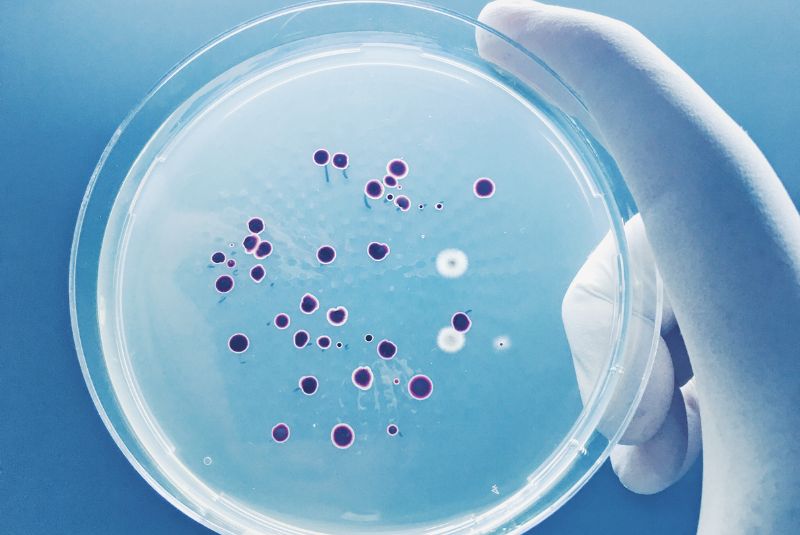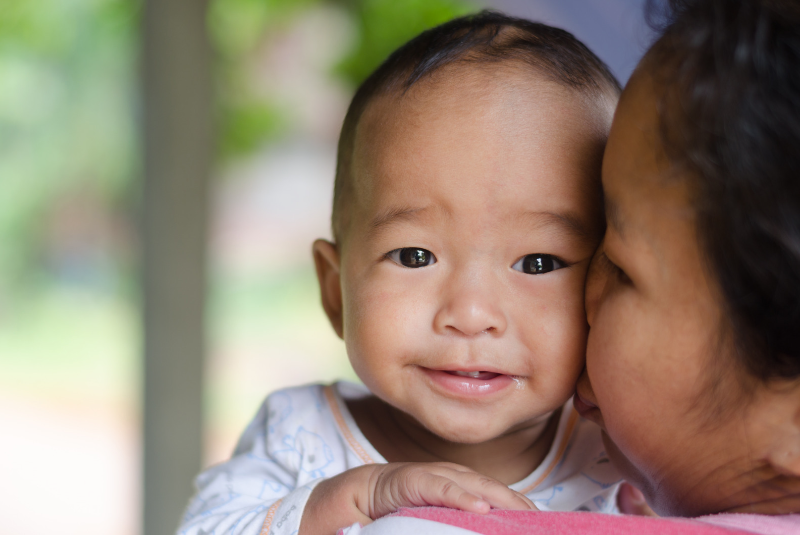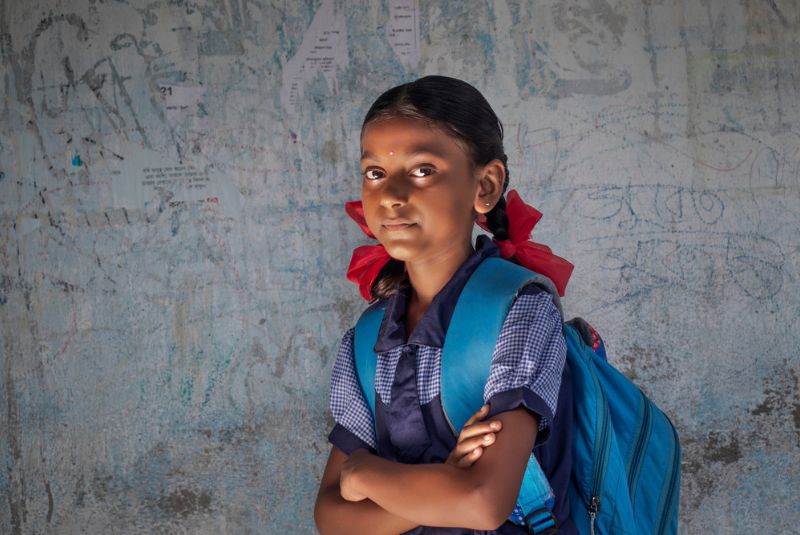Tuberculosis
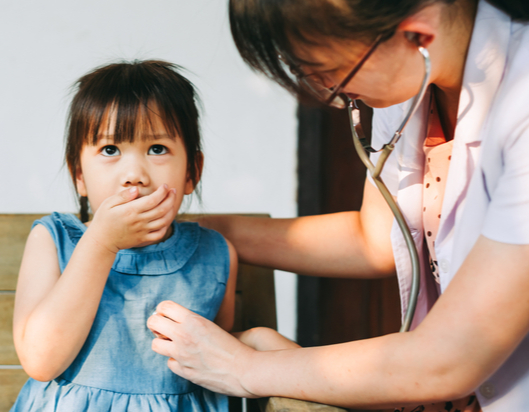
Tuberculosis (TB) is an infectious condition that mainly affects the lungs and is caused by bacteria (germs) called Mycobacterium tuberculosis.
TB mostly affects the lungs but can also damage the brain, spine or lymph glands. It is often more serious in children than adults.
Children with a TB infection may not get sick with the disease if their bodies are able to fight off the infection. These children have no symptoms and aren’t contagious.
If the body can’t keep the TB bacteria under control, children develop TB disease and may experience coughing, chest pain, fever, tiredness or weight loss.
TB disease and infection can be successfully treated with antibiotics.
The BCG vaccine can reduce the severity of TB disease.
A quarter of a million children die from TB worldwide each year due to problems with diagnosis and lack of access to vaccines and treatment.

Who does it affect?
Who does it affect?
- Roughly 1 million new cases of TB disease occur in children under 15 each year globally.
- TB claims the lives of a quarter of a million children annually worldwide, despite being a treatable disease.
- TB is more likely to affect multiple parts of the body in children than in adults.
- Those children most at risk of getting TB are those with immature (such as the very young) or weakened immune systems.
Our Tuberculosis research
Our Tuberculosis research
Our research focuses on creating new techniques to diagnose childhood TB. We identified new TB biomarkers (measures that indicate disease or infection) in the blood. These could improve diagnosis and distinguish between an active disease that causes symptoms and infection. We’re evaluating them in high TB prevalence settings such as Peru and low prevalence areas including Melbourne. The studies will validate the biomarkers for use in on-the-spot low-cost diagnostic blood tests.
We also focus on understanding the body’s immune response (its reaction when exposed to bacteria) and responses to immunisation with the TB vaccine, BCG.
An international trial we’re leading is investigating if the vaccine can boost the body’s immune system to reduce the risk of developing severe COVID-19. Another study is testing whether it can reduce respiratory infections, allergies and asthma in children.
We collaborate with research institutions and TB programs in many Asia-Pacific and African countries. Together, we aim to improve detection, treatment and prevention of TB in children and adolescents. We play a leading role in advocacy as TB in children and adolescents is common in Asia-Pacific regions but neglected by TB control programs. We support WHO guideline development and promote translation of research findings into practice to address gaps between policy and practice.
Other research is studying active childhood TB cases in Victoria, management of child contacts of adults with TB and ways to tackle drug-resistant TB.
Impacts of our research
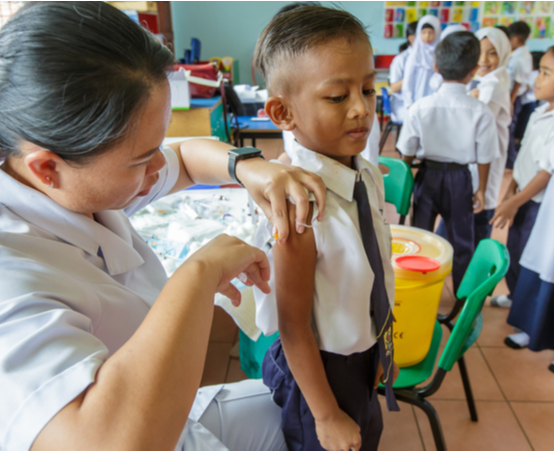
Impacts of our research
- We identified markers that may form the basis of a new generation of blood tests to diagnose tuberculosis. This is a big advantage over current tests which require samples that can be difficult to obtain from children. TB-causing bacteria often escape detection, making diagnosis challenging. Our research suggests the markers are more accurate and distinguish between dormant infection and active disease which is vital as treatment differs.
- We’re global leaders in the prevention and management of childhood TB, having received international recognition for contributions in Africa and Asia-Pacific and putting childhood TB on the global TB control agenda.
- We have initiated the development of child-friendly fixed-dose combination treatments and evaluated effectiveness in short regimens to treat TB disease and infection.
- Evidence suggests BCG vaccination stimulates the immune system to fight infections. We found the vaccine could reduce the incidence of eczema in high-risk infants and are following them until age five to study its effects on respiratory infections, allergies and asthma.
- We’re leading a world-first trial testing whether the vaccine can protect from severe COVID-19.
- Tools we developed uncovered how white blood cells called unconventional T-cells kill infected cells and recruit the immune system to destroy attackers. This may lead to ways to stimulate T cells to fight TB via improved vaccines and therapies.
Our vision
Our vision
Our goals of better detection, treatment and prevention could slash millions of unnecessary deaths from tuberculosis. Improved diagnostic tests and access to vaccines could help eliminate this preventable and treatable disease.
Where to next?
Where to next?
The development of accurate rapid tests for TB infection and disease would be a game-changer for all TB but especially for TB in children by improving detection, enhancing access to care, reducing health system costs and providing prompt treatment for infection and disease. A better vaccine is also required that provides stronger and longer-lasting protection than BCG beyond early childhood to also cover adolescents and young adults. New child-friendly medicines to treat TB, including drug-resistant TB are also in the pipeline.

